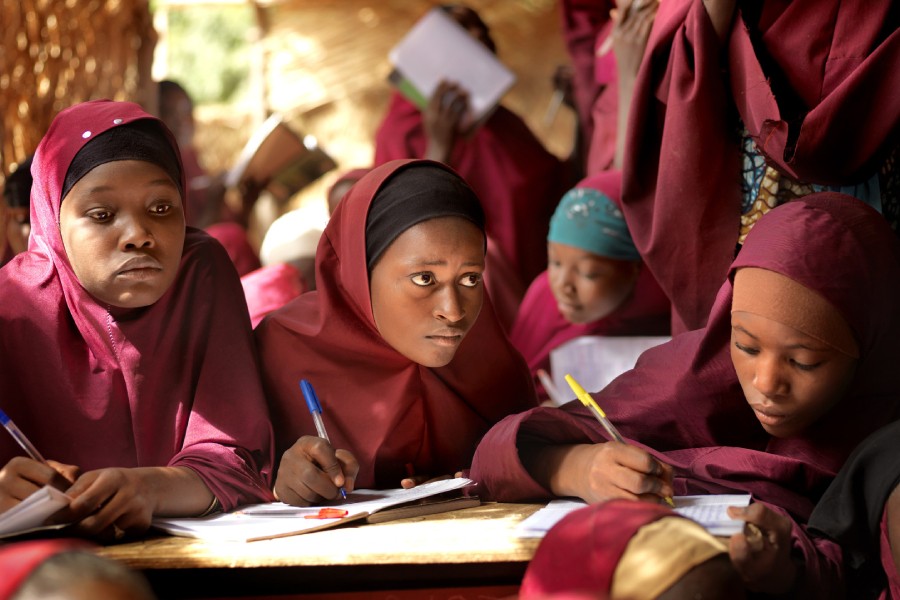Nearly one in three adolescent girls from the poorest households around the world has never been to school, according to a new UNICEF paper launched today (Monday) as education ministers gather at the Education World Forum and as leaders prepare to convene at the World Economic Forum Annual Meeting.
Poverty, discrimination due to gender, disability, ethnic origin or language of instruction, physical distance from schools and poor infrastructure are among the obstacles that continue to prevent the poorest children from accessing quality education.
Exclusion at every step of education perpetuates poverty and is a key driver of a global learning crisis.
The paper Addressing the learning crisis: an urgent need to better finance education for the poorest children highlights major disparities in the distribution of public education spending.
Limited and unequally distributed funding results in large class sizes, poorly trained teachers, lack of education materials and poor school infrastructure. This in turn has an adverse impact on attendance, enrolment and learning, said a media release.
“Countries everywhere are failing the world’s poorest children, and in doing so, failing themselves,” said UNICEF Executive Director Henrietta Fore.
Looking at 42 countries with available data, the paper finds that education for children from the richest 20 per cent of households are allocated nearly double the amount of education funding than children from the poorest 20 per cent of households.
Ten countries across Africa account for the highest disparities in education spending, with four times as much funding allocated to the richest children compared with the poorest.
In Bangladesh, percentage of public education resources going to children from the poorest households versus that spent on children from the richest households is 15 per cent and 27 per cent.
Barbados, Denmark, Ireland, Norway and Sweden are the only countries included in the analysis that distribute education funding equally between the richest and poorest quintiles.
The paper notes that the lack of resources available for the poorest children is exacerbating a crippling learning crisis, as schools fail to provide quality education for their students.
According to the World Bank, more than half of children living in low- and middle-income countries cannot read or understand a simple story by the end of primary school.


